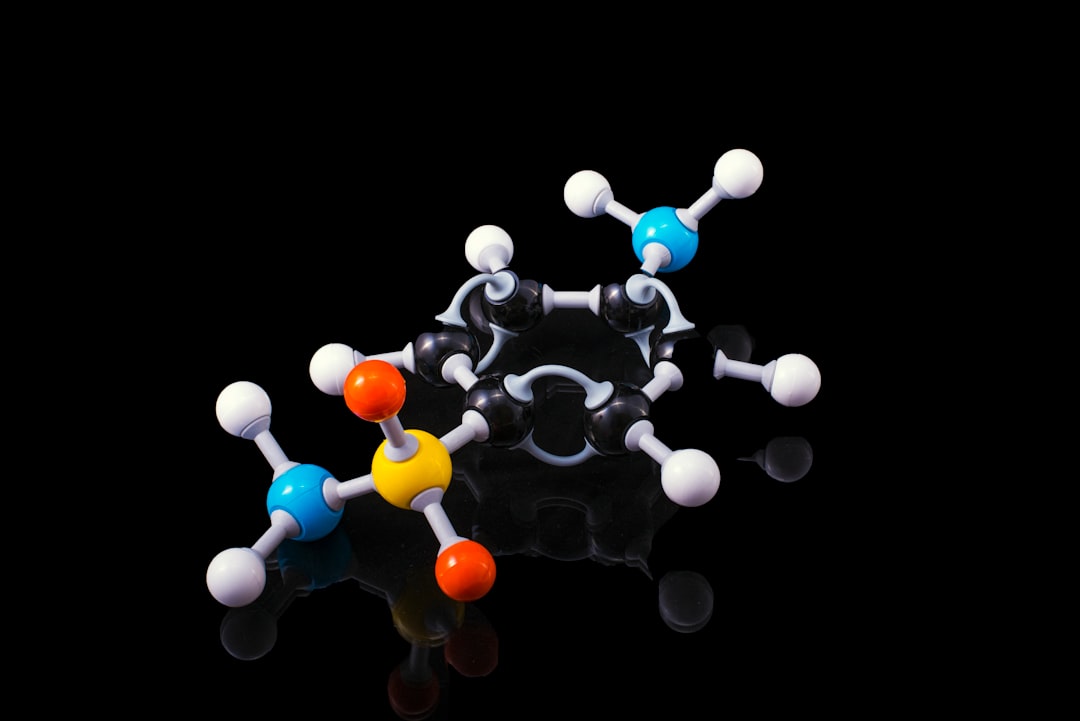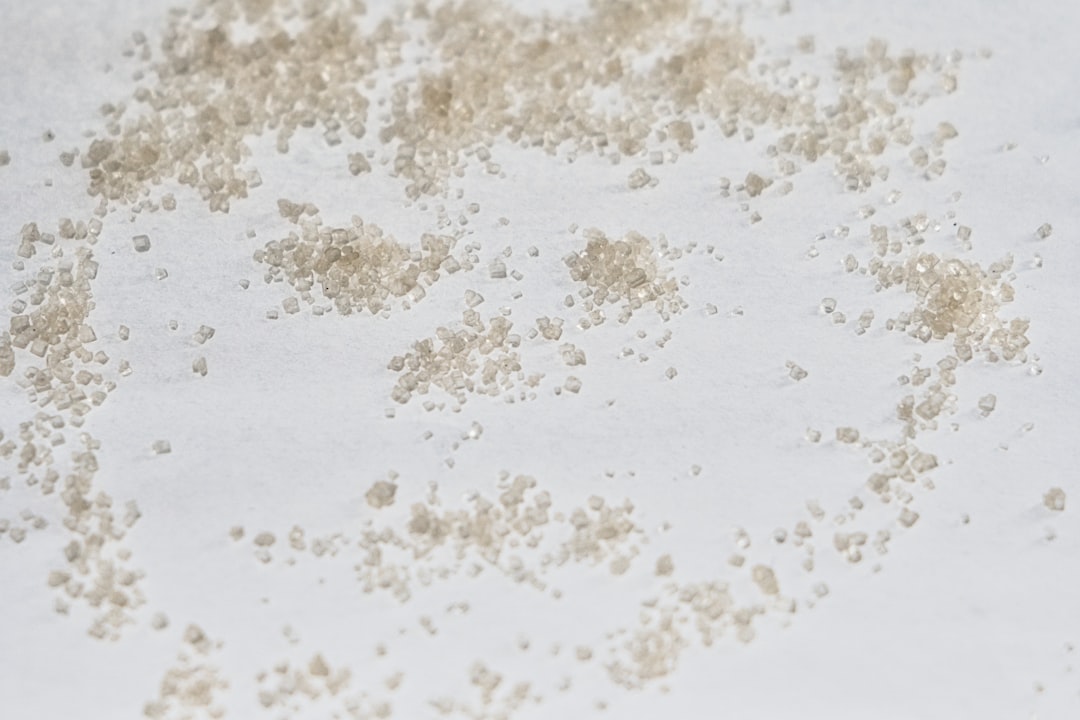What is it about?
Arbuscular mycorrhizal fungi are possibly the most important symbionts of terrestrial plants. We examine the factors that determine which fungi are found in roots of plants of a temperate grassland, using a field experiment.
Featured Image

Photo by Vadim Karnakhin on Unsplash
Why is it important?
We show that it matters for symbiotic mycorrhizal fungi, what plant they grow in: main differences were found between dicotyledoneous herbs (forbs) and grasses, we have tested 4 species of each group. Host plants were located in plots with continuously removed (weeded-out, for 15+ years) forbs or grasses and this modification of grassland vegetation was also shown to have effect on present mycorrhizae. Their diversity was substantially large when growing in plots with present forbs.
Perspectives
I hope this publication will move the research of community ecology of arbuscular mycorrhizal fungi further towards using field experiments. We have manipulated here both the surrounding vegetation (i.e. set of host species available to fungal symbionts) and the actual "trap" plant individuals and used variation partitioning method when evaluating the effects of those experimentally manipulated factors on the fungal community and its diversity.
Petr Šmilauer
Faculty of Science, University of South Bohemia
Read the Original
This page is a summary of: Contrasting effects of host identity, plant community, and local species pool on the composition and colonisation levels of arbuscular mycorrhizal fungal community in a temperate grassland, New Phytologist, August 2019, Wiley,
DOI: 10.1111/nph.16112.
You can read the full text:
Contributors
The following have contributed to this page










